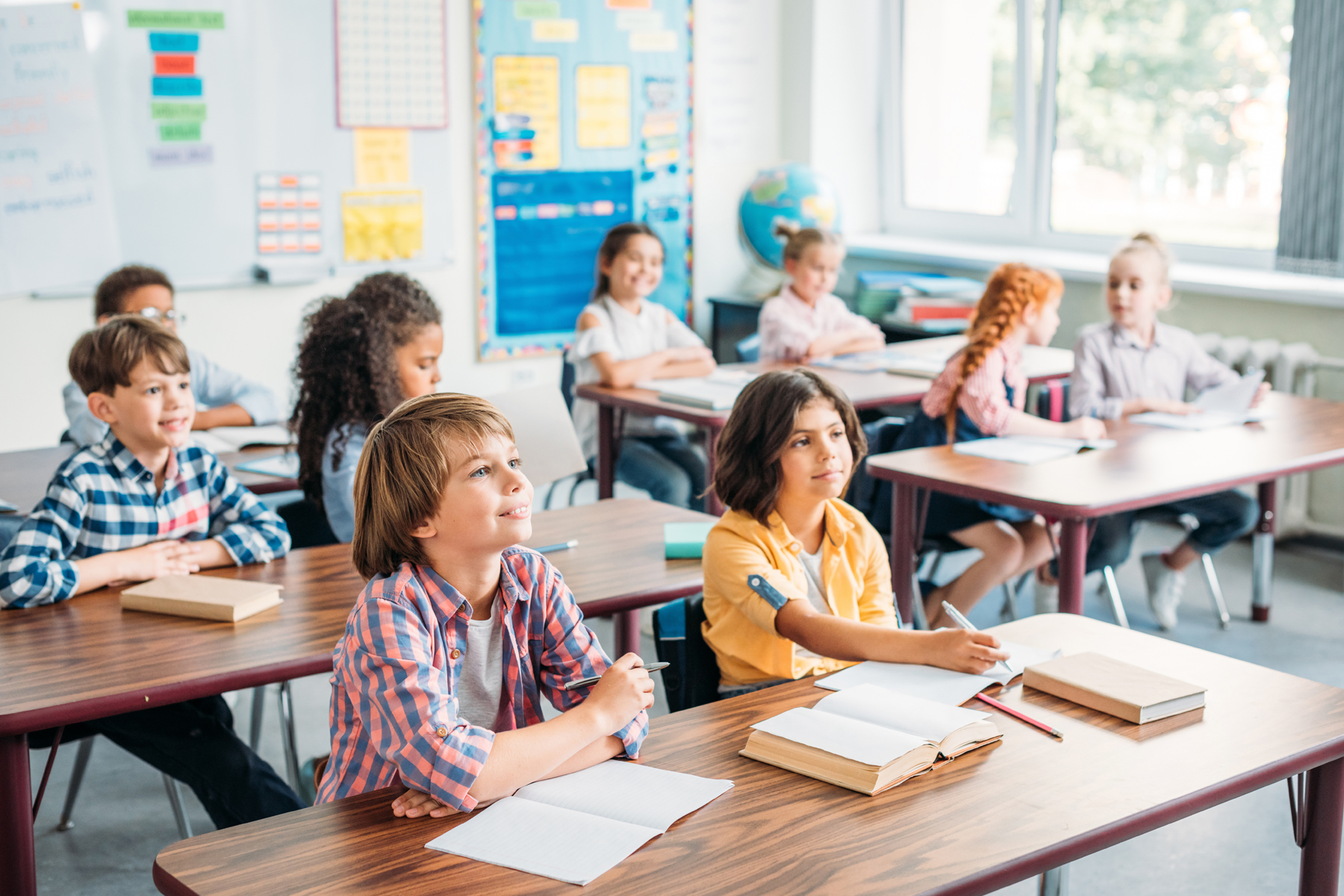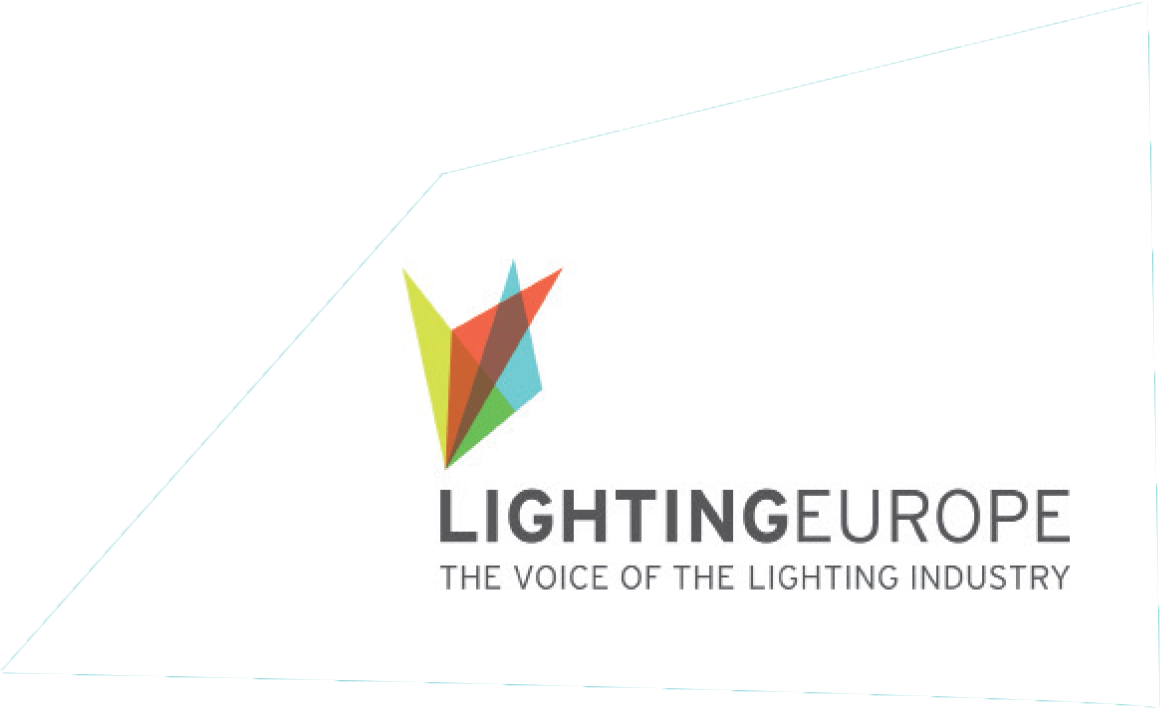


The beginning of classes, during both summer and winter, can be supported by bright light. For visual tasks this lighting must at least comply with illuminance levels as defined in the European Norm 12464-1. For biological tasks the lighting spectrum should comply with daylight. Vertical illuminance at eye level deserves additional attention in the lighting design. The right light supports students in their learning: concentration is increased, studying together is easier and fun. Research indicates that the biological clock of teenage girls has a 1-hour delay compared to adults, boys have up to 2-hours delay. For this reason, students feel sleepy in the morning, and the role of the right lighting is even more important.
School-age youth spend a lot of their time indoors. The lighting installation should allow maximum visual performance while being highly efficient. The lighting solution is conform with EN12464-1 for educational premises and educational buildings.



Compared to adults, a teenage girl’s internal clock is delayed by one hour, and a boy’s is delayed by up to two. That is why students during winter need extra amounts of blue light early in the morning at the school to wake them up and better synchronize their rhythms with the working day.
Light impacts more than just our ability to see – it also affects our alertness, cognitive performance, emotions and sleep/wake cycle. This is why we need bright white light that mimics sunlight to be active during the day and darkness to get a good night’s sleep.